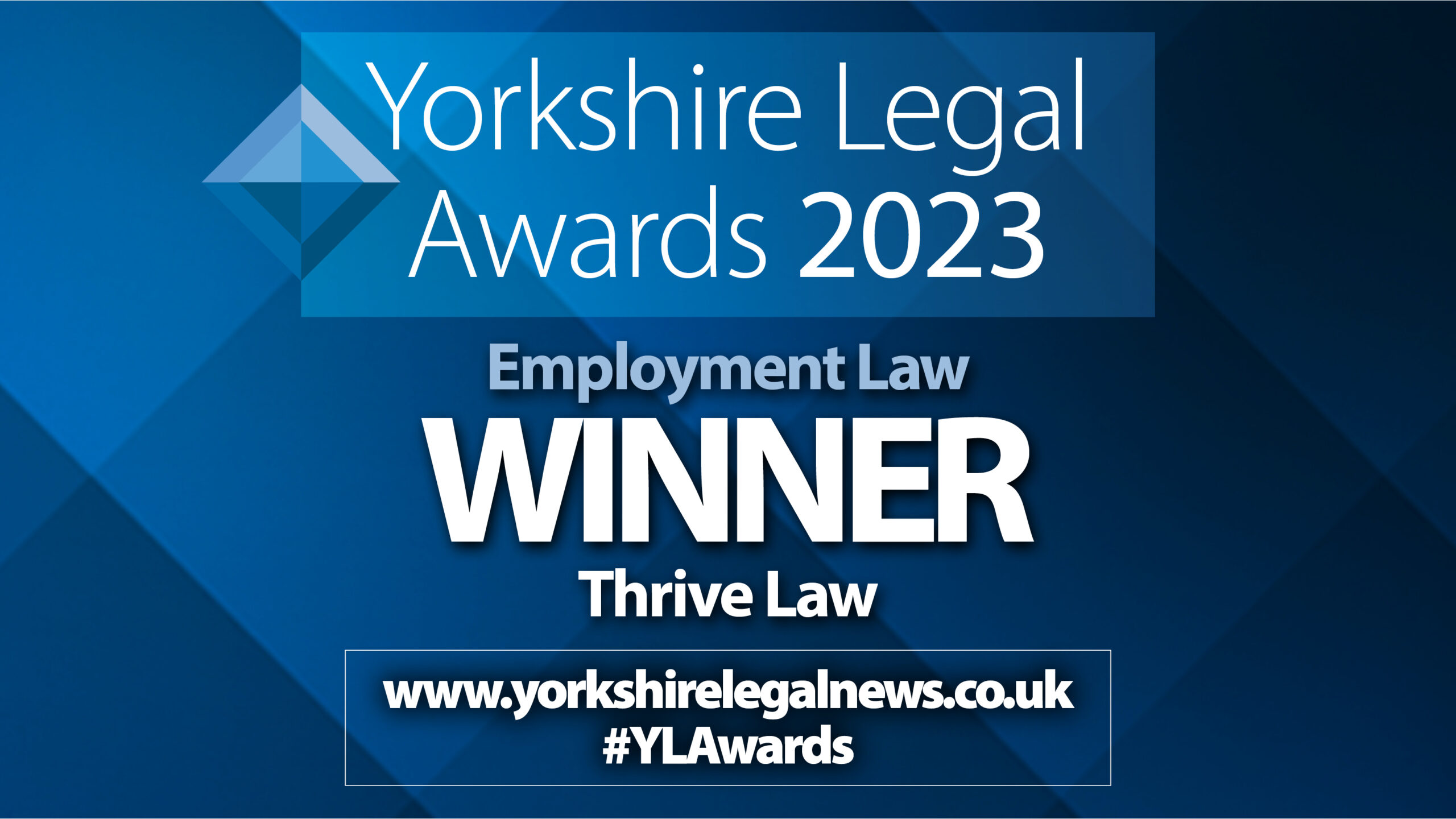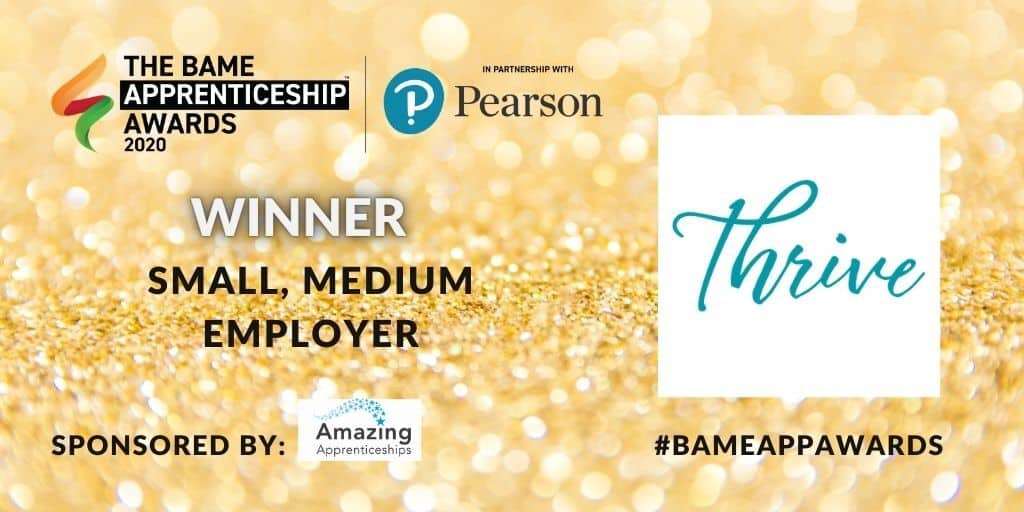The Chancellor has announced today the next steps and the future of the economic support for employers which we anticipated might come soon following the announcement of further restrictions and with furlough coming to an end at the end of next month.
The Chancellor made it clear that the “Furlough” scheme (despite being called the job retention scheme) would not be extended; he stated that it is fundamentally wrong to hold people in jobs which only exist within the furlough scheme and that instead, the focus has to be on supporting genuine job security moving forward.
What is the new scheme?
The Job Support Scheme is designed to protect viable jobs in businesses that are facing lower demand over the winter months due to Covid-19, but to support genuine ongoing work. The Company will continue to pay its employee for time worked, but interestingly the pay for the hours not worked will be split between the employer and the Government (through wage support) and the employee (through a wage reduction), and the employee will keep their job, on a lower wage with fewer hours.
The Scheme will open on 1 November 2020 and run for 6 months, until April 2021. Further guidance will be published shortly and we will update this blog then.
Who pays what?
In order to support viable jobs, for the first three months of the scheme, the employee must work at least 33% of their usual hours and be paid in full for this. After 3 months, the Government will consider whether to increase this minimum hours threshold.
The Government will pay a third of hours not worked up to a cap of £697.92 a month, with the employer also contributing a third. This will ensure employees earn a minimum of 77% of their normal wages, where the Government contribution has not been capped.
Who is eligible?
Employers
All employers with a UK bank account and UK PAYE schemes can claim the grant. However, unlike the Flexible Furlough Scheme, neither the employer nor the employee needs to have previously used the Coronavirus Job Retention Scheme.
This new scheme appears to be aimed at supporting SME’s who are not required to go through a financial assessment to get access to the grant.
Large businesses can still apply but will have to meet a financial assessment test showing they have reduced turnover due to Covid-19 (which is another distinction from the previous furlough scheme).
Employers can also claim the Coronavirus Job Retention Bonus alongside the support under the Jobs Scheme.
Employees
Employers must agree on the new short-time working arrangements with their staff, make any changes to the employment contract by agreement, and notify the employee in writing. This agreement must be made available to HMRC on request. This is similar to the furlough agreements and we suggest retaining this for up to 6 years.
Employees must be on an employer’s PAYE payroll on or before 23 September 2020. This means a Real-Time Information (RTI) submission notifying payment to that employee to HMRC must have been made on or before 23 September 2020.
Employees will be able to cycle on and off the scheme and do not have to be working the same pattern each month, but each short-time working arrangement must cover a minimum period of seven days.
What does the grant cover?
The employee must be working at least 33% of their “usual hours”. For the time worked, employees must be paid their normal contracted wage. For every hour not worked by the employee, both the Government and employer will pay a third each of the usual hourly wage for that employee.
But what are “Usual wages”? remember having this conversation when furlough was announced?
Usual wage calculations will follow a similar methodology as for the Coronavirus Job Retention Scheme, but, in true government fashion, full details have not yet been announced. But don’t worry we will update this blog when further guidance is issued. To make sure you don’t miss this visit www.thrivelaw.co.uk and subscribe to our newsletter for updates to your inbox as they arise.
What is clear though, is that employees who have previously been furloughed will have their underlying usual pay and/or hours used to calculate usual wages, not the amount they were paid whilst on furlough.
The Government contribution will be capped at £697.92 a month.
Grant payments will be made in arrears, reimbursing the employer for the Government’s contribution. The grant will not cover Class 1 employer NICs or pension contributions, although these contributions will remain payable by the employer.
A few limits
Employees cannot be made redundant or put on notice of redundancy during the period within which their employer is claiming the grant for that employee. That’s another diversion from the furlough scheme, where employers could continue to claim under the scheme, whilst employees worked their notice.
How can an employer claim?
Employers will be able to make a claim online through Gov.uk from December 2020. They will be paid on a monthly basis. HMRC will check claims. Payments may be withheld or need to be paid back if a claim is found to be fraudulent or based on incorrect information. Grants can only be used as reimbursement for wage costs actually incurred.
Here at Thrive, we have guided our employer clients throughout the pandemic, with advice on furlough, redundancies, and restructures, and we will continue to do so.
As soon as we know more we will update you further. Watch out for our updates on videos too on our youtube. Make sure you subscribe so you don’t miss an update!
For our HR clients, this has included bespoke advice, letter, policies etc. all for a low monthly fee. You can read more about our outsourced HR service here. If we can help you, please get in touch.
Written by Jodie and Alicia
Disclaimer
Please note this blog is for reference purposes only. It does not constitute legal advice and should not be relied upon as such. Specific legal advice about your specific circumstances should always be sought separately before taking or deciding not to take any action. Please contact us if you have any questions on enquires@thrivelaw.co.uk









